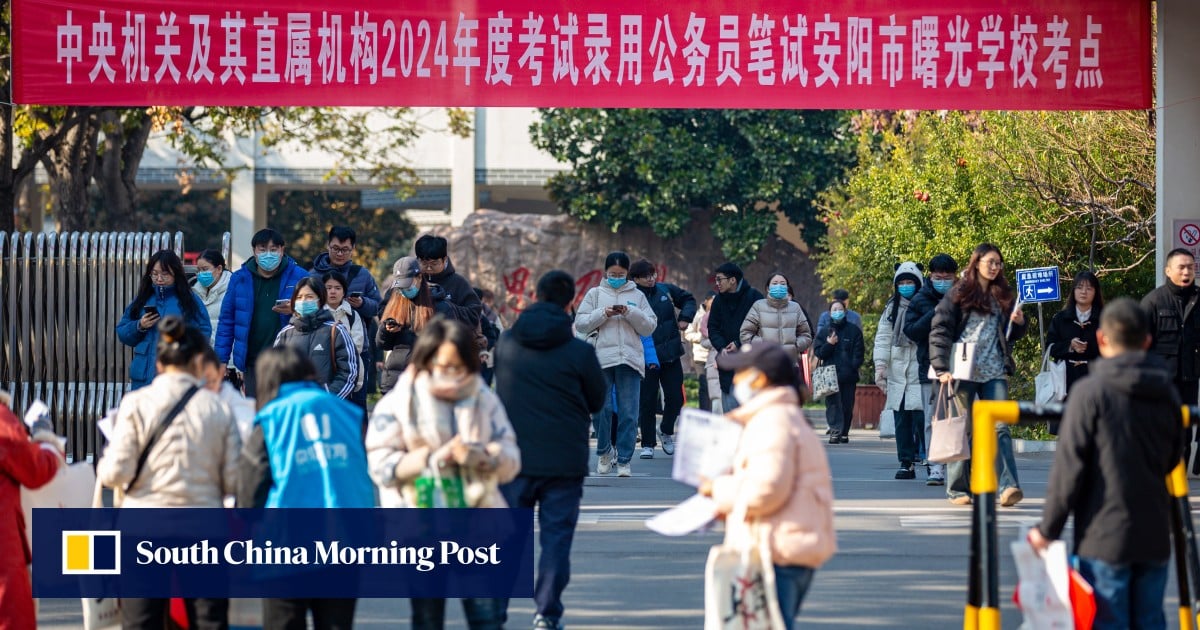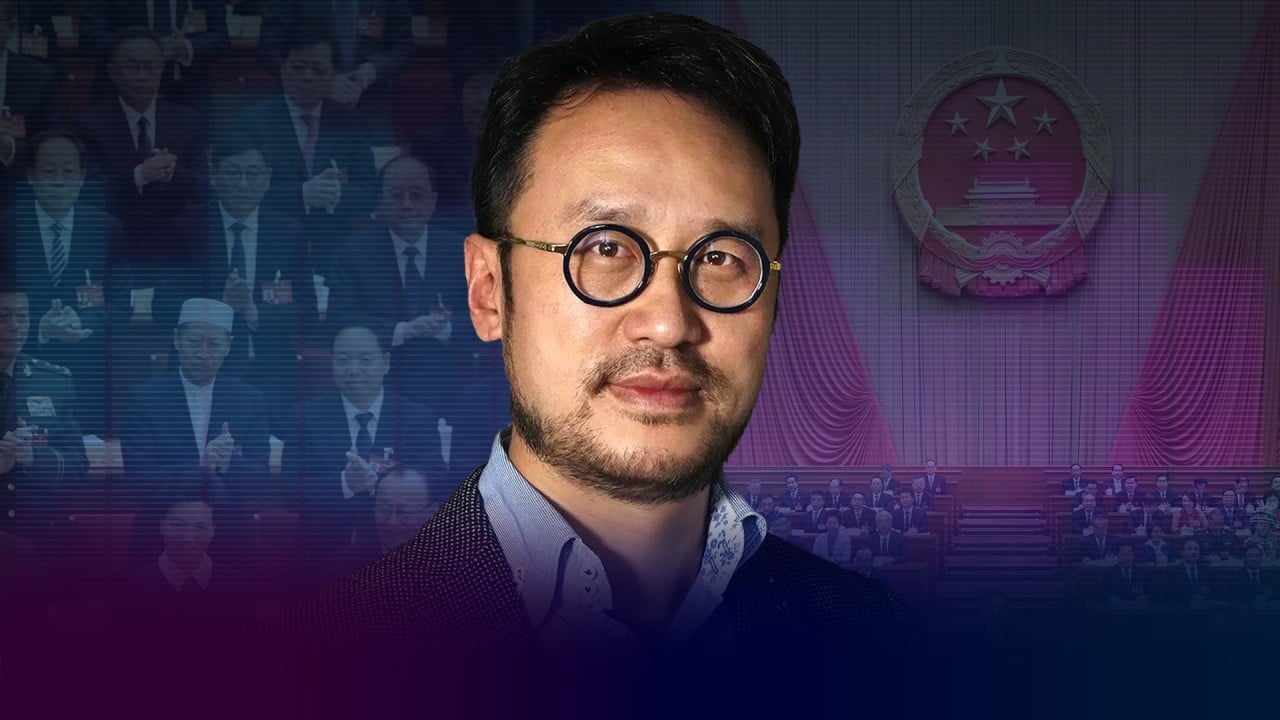A year later, the nature and scale of the restructuring is starting to become apparent as new agencies covering these areas have been set up by central and local governments.
Central Henan province has drawn the attention of millions of Chinese civil servants since mid-April when its economic planner released the details of its downsizing of provincial public institutions, cutting the workforce by more than 5,600 in the past few years.
It is estimated that more than 3,330 positions will be added to science research and tech innovation institutions, including at the provincial academy of sciences, key laboratories and in other areas such as worker training. The plan outlined jobs growth in fields concerning people’s livelihood and grass-roots stability.
China broadly divides staff on the government payroll into two categories: administrative officials in government agencies, known as xingzheng bianzhi, and staff serving in other public institutions, such as schools, hospitals, broadcasting, city management and social welfare, known as shiye bianzhi.
The Henan government said its restructuring plan for public institutions, or shiye danwei, would not affect those working for schools and hospitals.
A Henan official involved in the downsizing exercise said key headcount reduction methods would not involve mass retrenchments.
“We have tightened the staffing quota of each unit. Depending on the severity of overstaffing, we will tell them they can only recruit one for every two or three retirements or resignations. So after a few years, they will hit the target number,” he said on condition of anonymity.
“No doubt, the workload on each head will increase and we have heard complaints. But it is still better than retrenchment.”
‘She-cession’ threat still real as China’s post-pandemic gender gap widens
‘She-cession’ threat still real as China’s post-pandemic gender gap widens
Alfred Wu, an associate professor with the National University of Singapore’s Lee Kuan Yew School of Public Policy, said tightening up on new recruitment was probably “the only way to downsize China’s public sector”.
“Just like other countries, it is difficult to sack public servants unless they are found to have disciplinary problems. The job security made the public sector the most sought-after employer in China now and people tend to stay in the system until retirement, given the rising unemployment,” Wu said.
In one of Henan’s official newspapers, an editorial worker said that despite his unit pursuing the “one recruitment for every two retirements policy”, they had not replaced the two retirees in his office because of a lack of funds in the budget.
“Our office is getting older, we were told no fresh blood will join us in the near future,” he said, adding that they now employed contract workers or freelancers to help ease the workload, but they did not usually stay long because their pay and medical benefits were less than those offered to permanent workers.
The trimming of the workforce in Henan is a sign of Beijing’s determination to push for public institution reform in all provinces following a four-year trial in selected provinces and cities.
The Central Commission for Comprehensively Deepening Reform – China’s top decision-making body on institutional reforms led by President Xi Jinping – approved a pilot plan for public institution reform in February 2020.
It asked five provinces – Shanxi, Heilongjiang, Inner Mongolia, Jiangxi and Shandong – to make changes in provincewide public institutions, while four other provinces, including Jiangsu, were asked to choose cities to be pilot zones.
According to media reports, the pilot provinces focused on merging noncore public functions, including official media outlets, city administration or chengguang, and geological exploration units, to make staff cuts.
In October 2021, Heilongjiang reported streamlining 2,735 public institutions and cutting more than 83,000 “headcount” from public institutions, while in eastern China, Jiangsu province reported a cut of more than 40 per cent reduction in municipal institutions in four pilot cities, cutting more than 9,500 jobs in 2022.
Wu said the latest round of austerity efforts might not necessarily mean the number of Chinese civil servants would fall.
“There is no conclusive evidence on China’s civil service trend. But official statistics on the workforce under government payroll seems to be gradually rising since Xi came to power in 2012, because Xi needs to deploy more hands to ensure stability,” he said.
‘I’ve shed all idealistic work expectations’: China’s jobseekers face reality
‘I’ve shed all idealistic work expectations’: China’s jobseekers face reality
Based on numbers from the National Bureau of Statistics, the number of urban employees in public administration, social security and other organisations rose from 15.4 million in 2012 to nearly 20 million in 2022. The percentage of public sector employees in total urban employment rose from 10 per cent to 12 per cent in the same period.
Wu noted that the tight government budget – resulting from weaker land sale revenue and an overall softening of economic activity – might be a compelling reason for the Chinese government to freeze its headcounts.
In 2023, all mainland provinces and municipalities except for Fujian province registered a budget deficit. Henan had 451 billion yuan (US$62 billion) income, but expenditure amounted to 1.106 trillion yuan (US$152 billion), leaving a staggering 655 billion yuan (US$90 billion) deficit, according to its provincial government work report.








